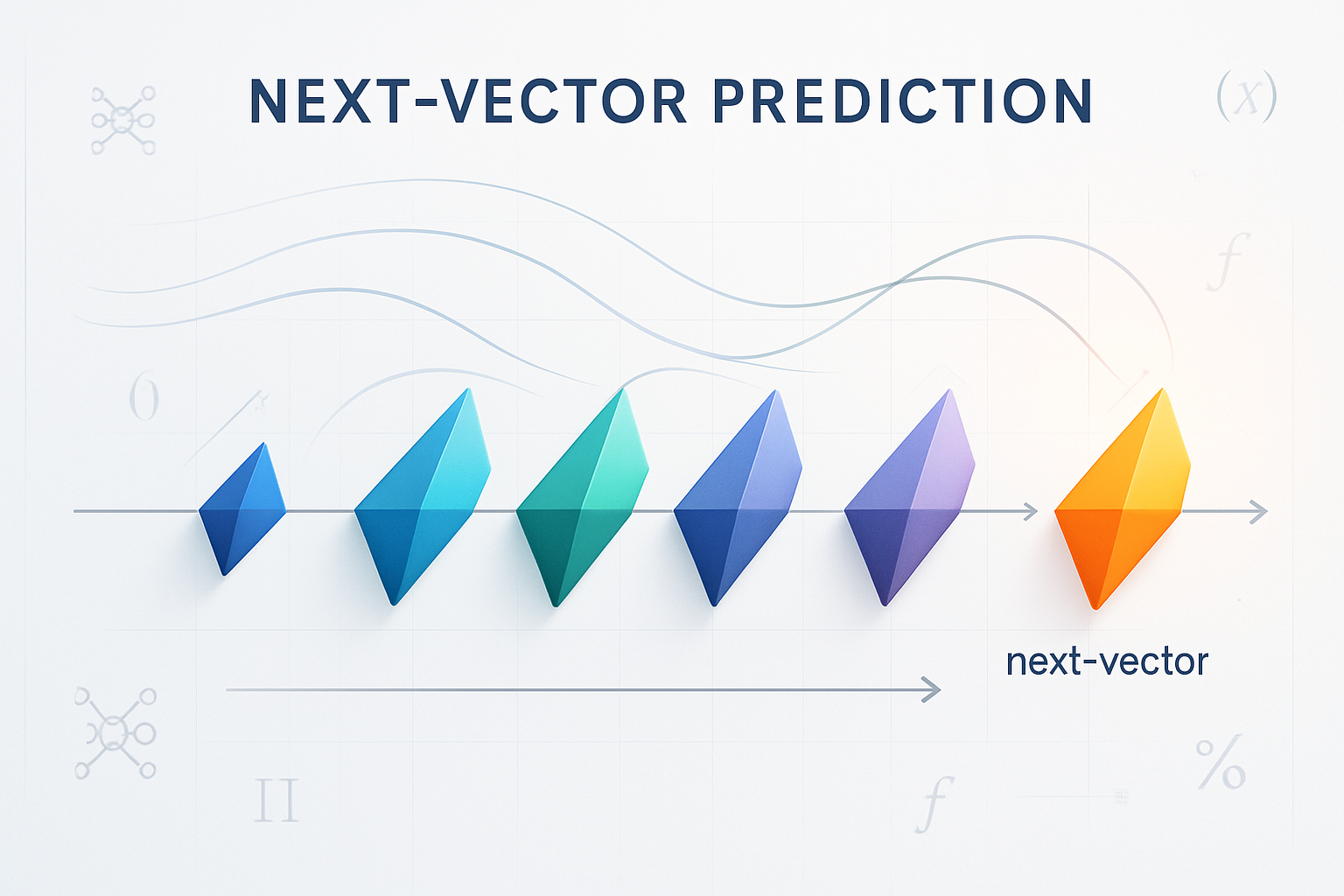In the ever-evolving landscape of artificial intelligence, where large language models (LLMs) dazzle with their linguistic prowess yet stumble on factual accuracy, a new contender emerges. Enter Graph-R1, a groundbreaking framework that marries graph-based knowledge retrieval with the adaptive power of reinforcement learning.
This isn’t just another tweak to existing systems; it’s a paradigm shift. Detailed in a recent arXiv paper by Haoran Luo and colleagues, Graph-R1 promises to tackle the stubborn hallucinations that plague LLMs by infusing them with structured, agentic reasoning. But what makes it tick?
The Hallucination Headache: Why RAG Isn’t Enough
Large language models, those behemoths of natural language processing, have conquered tasks from translation to creative writing. Yet, as noted in the paper, they falter in knowledge-intensive scenarios, often fabricating facts—a phenomenon dubbed “hallucination” by researchers like Zhang et al. (2023).
Retrieval-Augmented Generation (RAG), pioneered by Lewis et al. (2020), stepped in as a remedy, pulling in external knowledge to ground responses. It works, sort of. But traditional RAG relies on chunky text blocks, which, as the authors point out, miss the intricate webs of relationships between entities. Imagine trying to navigate a city with a list of addresses but no map—that’s chunk-based RAG in a nutshell.
Enter GraphRAG, an evolution that models knowledge as entity-relation graphs, boosting retrieval efficiency and output quality (Edge et al., 2025; Guo et al., 2025). These methods extract entities and relations from text, query subgraphs, and generate answers. Sounds perfect? Not quite. The paper identifies three thorns: exorbitant construction costs leading to semantic loss, rigid one-shot retrieval that falters on complex queries, and heavy reliance on massive LLMs for long-context reasoning, making outputs unstable.
Graph-R1 slices through these issues like a hot knife through butter. Inspired by DeepSeek-R1 (2025), it introduces an agentic twist: lightweight hypergraph construction, multi-turn interactions modeled as agent-environment dances, and end-to-end reinforcement learning (RL) to optimize the whole shebang. The result? Superior reasoning accuracy, snappier retrieval, and generation quality that leaves predecessors in the dust. And yes, the code is open-source—check it out on GitHub.
Peering Under the Hood: Graph-R1’s Core Innovations
At its heart, Graph-R1 reimagines GraphRAG as an adaptive agent navigating a knowledge hypergraph. Forget static graphs; this is dynamic, iterative, and reward-driven. The framework unfolds in three acts: construction, retrieval as multi-turn tango, and RL-fueled optimization.
Act One: Building a Lean, Mean Hypergraph Machine
Knowledge construction in traditional GraphRAG is a beast—costly LLM calls to extract entities and relations, often diluting semantics (Luo et al., 2024). Graph-R1 flips the script with a lightweight hypergraph approach. For a corpus K of documents, an LLM extractor π_ext pulls n-ary relational facts: semantic segments (hyperedges) linked to entity sets.
These are encoded into embeddings via a shared encoder ϕ, forming 𝒢_H = (V, E_H, ϕ). Hypergraphs capture high-order relations—think not just A links to B, but A, B, and C intertwined in nuanced ways—without the bloat.
This isn’t mere efficiency; it’s foundational. The hypergraph becomes the “environment” for an agent, complete with action space 𝒜 (thinking, querying, retrieving, answering) and state space 𝒮 tracking query history. Proposition 1 in the paper asserts—and proves—that such graph structures boost agent accuracy through richer representations. Experiments back it: on benchmarks like HotpotQA, graph-enhanced RL hits higher F1 ceilings than chunk-based alternatives (see Figure 2 in the paper).

Act Two: Multi-Turn Magic—Think, Retrieve, Rethink, Repeat
Retrieval in vanilla GraphRAG is a one-and-done affair: grab a subgraph, pray it’s enough. Graph-R1 models it as a conversational loop, where the agent iteratively “thinks” about gaps, generates queries, retrieves from the hypergraph, and decides whether to continue or answer. The policy π_θ, parameterized by an LLM, factorizes actions hierarchically: reflection first, then intent (continue or terminate), followed by output (query or answer).
Retrieval itself is a dual-path powerhouse. Entity-based: Match query entities to graph nodes, collect connected hyperedges. Direct hyperedge: Similarity-search hyperedges directly. Fuse via reciprocal rank aggregation for the top-k facts. This multi-turn setup, per Proposition 2, amps efficiency—agents explore goal-driven paths, pruning irrelevancies on the fly. No more dumping massive contexts; it’s targeted, iterative probing.
The outcome? Trajectories τ that maximize answer likelihood, optimized end-to-end. As the paper illustrates in Figure 3, it’s like an AI detective piecing clues: think about the puzzle, query the knowledge vault, refine, repeat until the answer crystallizes.
Act Three: Reinforcement Learning—The Glue That Binds Graph to Language
Here’s where Graph-R1 shines brightest. End-to-end RL, via Group Relative Policy Optimization (GRPO) (Shao et al., 2024), tunes the agent on sampled trajectories. Rewards? A clever mix: format reward for structural coherence (e.g., valid think-query-retrieve blocks), answer reward via F1 overlap with ground truth, combined into R(τ) that penalizes invalid paths while boosting accurate ones.
This bridges the “gap between graph-based knowledge and language,” as Proposition 3 theorizes. RL doesn’t just train retrieval; it aligns it with generation, ensuring graphs inform fluent, factual outputs. The objective 𝒥_GRPO clips updates for stability, regularizes against a reference policy, and normalizes advantages—resulting in agents that learn generalizable strategies.
Battle-Tested: Experiments That Speak Volumes
The proof is in the pudding—or rather, the six RAG benchmarks: 2WikiMultiHopQA, HotpotQA, Musique, NQ, PopQA, TriviaQA. Graph-R1, built on Qwen2.5 models (1.5B to 7B parameters), squares off against heavyweights like GPT-4o-mini baselines and RL-enhanced rivals.
Crushing the Competition
Table 2 tells the tale: Graph-R1 dominates with average F1 scores soaring to 57.82 on Qwen2.5-7B, outpacing HyperGraphRAG (29.40) and Search-R1 (46.19). Key insight? RL unlocks graphs’ potential—prompt-only GraphRAG lags StandardRAG, but Graph-R1’s multi-turn RL surges ahead. Larger models amplify gains, with 7B variants widening the lead.
Ablations confirm: Strip knowledge construction, multi-turn interaction, or RL, and performance plummets (Figure 5a). Hypergraphs trump binary graphs, which beat chunks (Figure 5b). Across datasets and scales, Graph-R1 scales gracefully, even on Qwen3 (Figure 5c-e). GRPO edges out other RL algos like PPO (Figure 5f).
Cost? Efficiency? Quality? Check, Check, Check
Construction is thrifty: 5.69s and $2.81 per 1K tokens, cheaper than GraphRAG’s 8.04s/$3.35, while yielding richer graphs (Table 3). Retrieval efficiency shines—moderate content lengths yield peak F1, with concise thinking and 2.3-2.5 turns per query (Figure 6).
Generation quality? Stellar across seven dimensions: correctness (86.9), relevance (95.2), coherence (88.5), per Figure 7. A case study (Table 4) showcases Graph-R1 nailing a multi-fact query where others flounder, proving RL’s synergy with graphs.
Generalizability? Out-of-distribution tests show Graph-R1 retaining 85-90% I.I.D. performance, trouncing Search-R1 (Figure 8).
Beyond the Paper: Implications and Horizons
Graph-R1 isn’t just academic fodder; it’s a blueprint for next-gen AI. By agentifying GraphRAG with RL, it paves the way for systems that reason like humans—iteratively, adaptively, grounded in structure. Enterprises eyeing knowledge-driven apps (e.g., Wu et al., 2024) could adapt it for domains like healthcare or finance, where accuracy is non-negotiable.
Limitations? Sure—the paper notes construction costs, text-only focus, and potential for structural enhancements like GNNs. Future work might zero in on multi-modal graphs or zero-cost extraction.
In a world where AI’s reliability hangs by a thread, Graph-R1 weaves a stronger web. It’s not hype; it’s progress. Dive into the full paper or tinker with the code. Who knows? You might just build the next big thing.










